解州王剑羊肉泡(解州总店)
4.5/5
12 Reviews
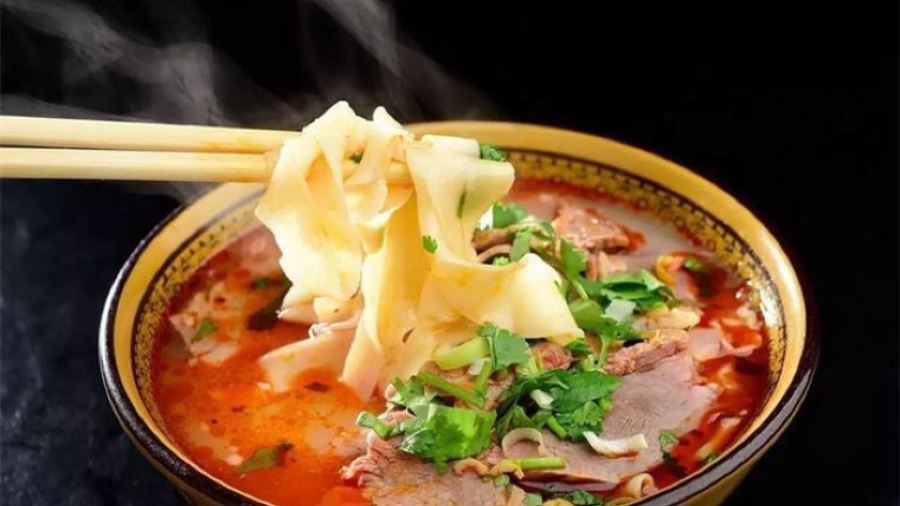
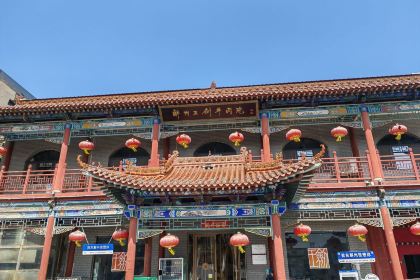
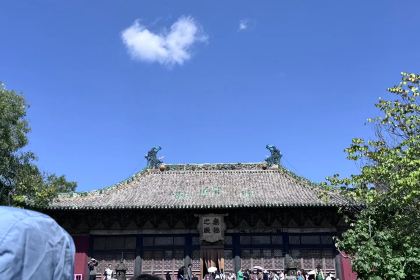
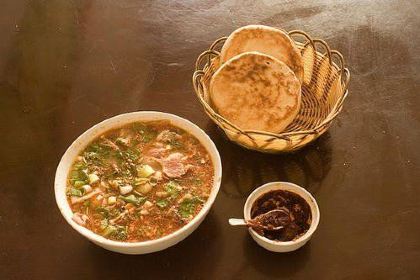
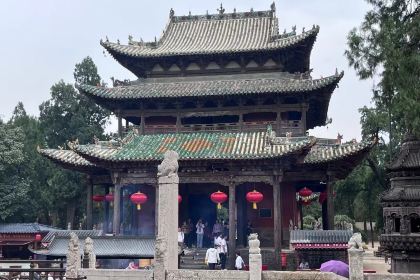
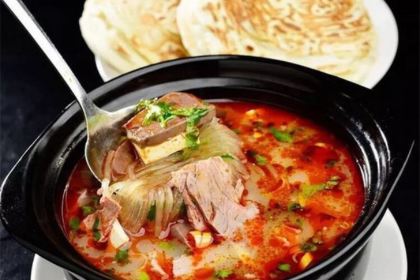
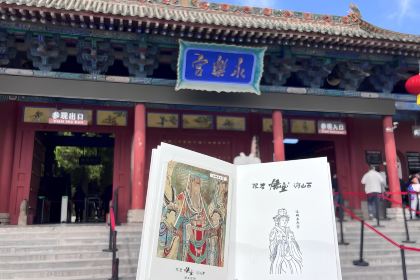
More
Currently closed|Open at 8:30 todayShow more
+863592801388
Jiezhou Middle School, Jiezhou Town, Yunyong Line, 40 meters north (near Guandi Temple)
 开心就好灬There is a mutton soup steamed bun restaurant not far from Guandi Temple. The store is very grand. There are a lot of people at noon, and many people will share tables. The service is average. The mutton soup steamed bun here does not need to be broken, and can be eaten directly with mutton soup. You can also put some vegetables in the cake. The mutton soup is quite delicious overall, and the sheep blood has no strange smell. The cold dishes are a bit average. It is not a place worth visiting, but if you have visited Guandi Temple, you can choose to come here for a meal
开心就好灬There is a mutton soup steamed bun restaurant not far from Guandi Temple. The store is very grand. There are a lot of people at noon, and many people will share tables. The service is average. The mutton soup steamed bun here does not need to be broken, and can be eaten directly with mutton soup. You can also put some vegetables in the cake. The mutton soup is quite delicious overall, and the sheep blood has no strange smell. The cold dishes are a bit average. It is not a place worth visiting, but if you have visited Guandi Temple, you can choose to come here for a mealReviews of 解州王剑羊肉泡(解州总店)
Some reviews may have been translated by Google Translate
4.5/5Outstanding
All (12)
Latest
Photo reviews (7)
Positive reviews (2)
There is a mutton soup steamed bun restaurant not far from Guandi Temple. The store is very grand. There are a lot of people at noon, and many people will share tables. The service is average. The mutton soup steamed bun here does not need to be broken, and can be eaten directly with mutton soup. You can also put some vegetables in the cake. The mutton soup is quite delicious overall, and the sheep blood has no strange smell. The cold dishes are a bit average. It is not a place worth visiting, but if you have visited Guandi Temple, you can choose to come here for a meal
The store is located 40 meters north of Jiezhou Middle School on Yunyong Line, Jiezhou Town, Yanhu District, Yuncheng City, Shanxi Province. Jiezhou Wangjian Mutton Soup was founded in 1989. In the past 20 years, the principle that has always been adhered to is: adhering to tradition, striving for excellence; good quality and low price, and being trustworthy and sincere. Jiezhou Wangjian Mutton Soup uses sweet "state water" and tender southern mutton as the main ingredients, coupled with sophisticated craftsmanship and scientific configuration, so that it has unique characteristics: original flavor, fresh and pure, and served with thousand-layer cake. Therefore, it is favored and praised.
The taste is very authentic and fragrant.
Don't just focus on the historical sites when visiting Yuncheng, Shanxi! This guide, combining culture, local flavor, and delicious food, will allow you to fully explore this "hometown of Guan Gong" in two days, with surprises at every turn. On the first day, head straight to the Jiezhou Guandi Temple, known as the "Crown of Martial Temples." From the moment you enter, you'll be enveloped by the richness of over 1,400 years of history. A must-see is the Spring and Autumn Building, with its suspended beams and hanging pillars, a breathtaking architectural ingenuity. The 26 dragon-carved pillars of the Chongning Hall each have their own meaning, and the plaque inscribed by Emperor Kangxi, "Yi Bing Qian Kun," is truly imposing. We recommend taking a guided tour of the scenic area to hear stories of Guan Gong's loyalty and righteousness, making your visit even more immersive. Remember, the "jie" in Jiezhou is pronounced "hài" (hài). Don't miss Jiezhou's Wangjian Lamb Soup (Jiezhou Main Branch). The broth is fresh and the meat tender, and dipping a piece of steamed bun in it will warm your heart. In the afternoon, visit Yongle Palace (Yongle Palace). Be sure to slow down! The "Chao Yuan Tu" painting in the Sanqing Hall is truly breathtaking. Nearly 300 deities and figures are vividly portrayed, and the colors remain vibrant despite centuries of age. Standing before it, you can almost witness the masterful craftsmanship of ancient artists. The murals in the Lüzu Hall and Chongyang Hall are also worth a closer look; any photo of them is a Instagram-worthy masterpiece. In the evening, head to Yan Street. Yuncheng Yan Street is quaint during the day, and at night, lit up by lanterns, it creates a truly atmospheric atmosphere. You'll see all sorts of Yuncheng cultural elements along the street. When you're tired, find a small shop to sit down and order some freshly-cooked Jishan Mahua (fried dough twist)—the salty, crispy, and delicious flavors are even better with every chew! The next day, wake up early to visit the Donghu Morning Market to experience the vibrant atmosphere of Yuncheng! Freshly steamed Yuncheng dumplings have thin wrappers and generous fillings, bursting with juicy goodness. Freshly made fried cakes are crispy on the outside and sweet on the inside, with a super-delicate red bean paste filling. There's also the savory and fragrant boiled cakes and refreshing jiangshui noodles—you'll want to try everything, but be sure to save some room, or you won't be able to finish them all. Yuncheng's delicious food is hidden in its streets and alleys. Besides the morning market and Yan Street, you can also try Wenxi boiled cakes, which are sweet but not greasy and have a nice chewy texture. Ruicheng sesame slices are as thin as a cicada's wing and melt in your mouth. After a tiring day of shopping, a bowl of oil tea paired with fried dough twists is both heartwarming and filling. This Yuncheng guide combines the heritage of ancient buildings with the warmth of everyday life. Save it and make sure you're here for your next trip to Yuncheng!
Yuncheng mutton soup steamed bun is a special delicacy in Yuncheng, Shanxi. The following is a relevant introduction: Taste characteristics - Tough steamed bun: Use high-quality flour to make steamed buns by hand. Add appropriate amount of salt and a little sesame oil when kneading the dough. The heat is just right when baking, so that the outer skin is golden and the inside is soft. It will not melt too quickly when soaked in mutton soup, and can fully absorb the freshness of the soup. - Tender meat: Generally, local free-range white goat meat is used, and high-quality parts such as lamb legs and lamb chops are selected. After a long time of stewing, the meat is tender and tender, reaching the point where it falls apart with chopsticks. - Thick soup: The chef starts preparing the broth at four o'clock in the morning, puts the lamb bones, lamb and more than ten kinds of spices into the pot, and simmers it slowly for six or seven hours to fully dissolve the gelatin in the bone marrow. The soup is milky white, fragrant, and mellow. Preparation method - Boil the meat and make soup: put the selected mutton and mutton bones into the pot, boil over high heat, skim off the foam, and then simmer over low heat. During this period, add various spices such as pepper, star anise, cinnamon, bay leaves, etc., so that the essence of mutton is completely integrated into the soup. - Prepare the ingredients: put the soaked vermicelli, cut tofu slices, mutton blood strips, etc. into a bowl, then cut the cooked mutton into even slices and put them on top, sprinkle with chopped green onions and coriander. - Prepare chili oil: Use sheep tail oil as the raw material, first put it into the pot and boil until the oil residue turns yellow, then pour the hot sheep oil on the chili noodles, stir evenly, and make spicy and delicious sheep oil chili. How to eat First break the dough into small pieces of uniform size, put them in a bowl, then add the cooked mutton and mutton soup, sprinkle with chopped green onions and coriander, add sheep oil chili, salt, MSG and other seasonings according to personal taste, and then stir evenly to let the steamed buns fully absorb the delicious taste of the mutton soup. Cultural significance - Regional cultural symbol: reflects the local customs and eating habits of Yuncheng, is an important part of Yuncheng's regional culture, and carries the emotional memory and cultural identity of Yuncheng people. - Tradition and inheritance: the production process is passed down from generation to generation. The masters strictly follow the traditional production methods and process requirements, retaining the original flavor of this delicacy, reflecting the inheritance and adherence to traditional culture. #Yuncheng Salt Lake #Yuncheng Lamb Soup #Yuncheng Food